Despite slow improvements, air pollution continues to exceed European Union and World Health Organization limits and guidelines, according to updated data and information published by the European Environment Agency (EEA), and still poses a danger to human health and the environment.
Road transport is one of Europe’s main sources of air pollution, especially of harmful pollutants such as nitrogen dioxide and particulate matter, according to the EEA ‘Air quality in Europe — 2018 report’. Emissions from agriculture, energy production, industry and households are also contributing to air pollution.
The report presents the latest official air quality data reported by more than 2,500 monitoring stations across Europe in 2016.
EEA executive director Hans Bruyninckx commented: “Air pollution is an invisible killer and we need to step up our efforts to address the causes. In terms of air pollution, road transport emissions are often more harmful than those from other sources, as these happen at ground level and tend to occur in cities, close to people. That is why it is so important that Europe redoubles its efforts to reduce emissions caused by transport, energy and agriculture and invest in making them cleaner and more sustainable.”
The report said the number of people exposed to harmful levels of PM2.5 (particulate matter with a diameter of 2.5 micrometres or less) and nitrogen dioxide levels had reduced since 2015, when they were responsible for premature death of an estimated 499,000 people across 41 European countries.





















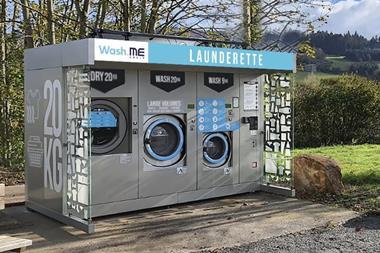
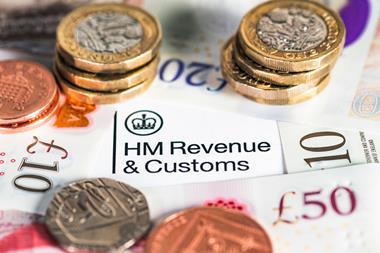
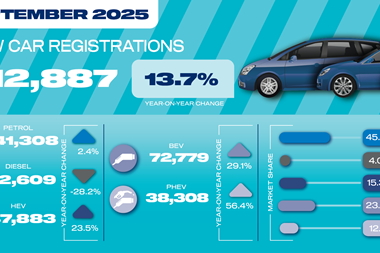

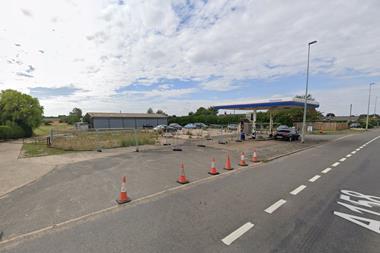
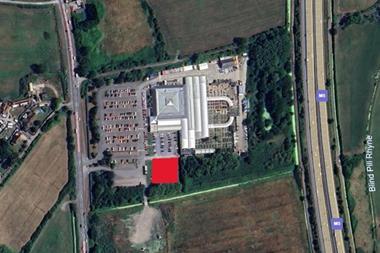


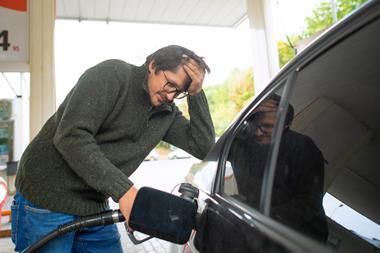

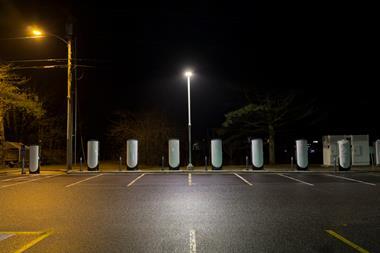
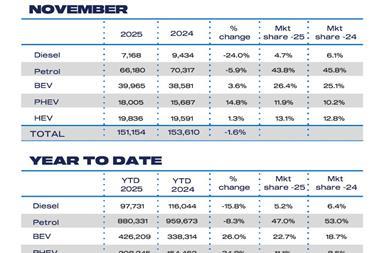
No comments yet